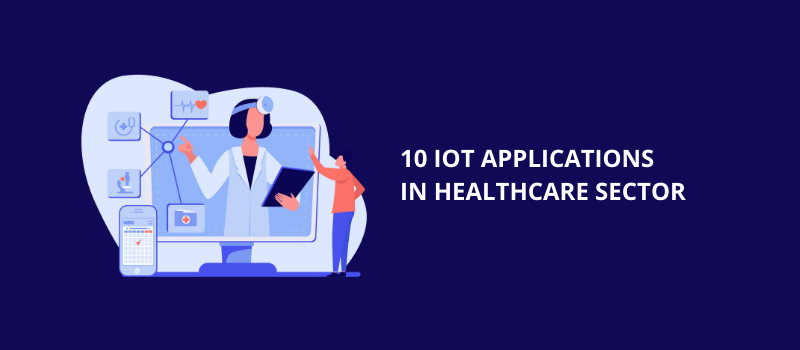Revolution in digital healthcare is fueled by advanced technologies. Medical Technology companies manufacture 5,00,000+ different types of medical devices that include wearable external devices such as skin patches, insulin pumps, and blood glucose monitor, implanted medical devices such as pacemakers, and stationary medical devices such as home monitoring devices, connected imaging devices, and scanning machines. Today, most of the patient interactions with the health care system involve the use of medical equipment and devices. The health care sector is progressively realizing the transformative nature of IoT technologies. Improvements in computing and processing power, wireless technology, and miniaturization drive innovation in connected medical devices. This blog outlines the applications of IoT in the healthcare sector.
Remote Temperature Monitoring for Vaccines
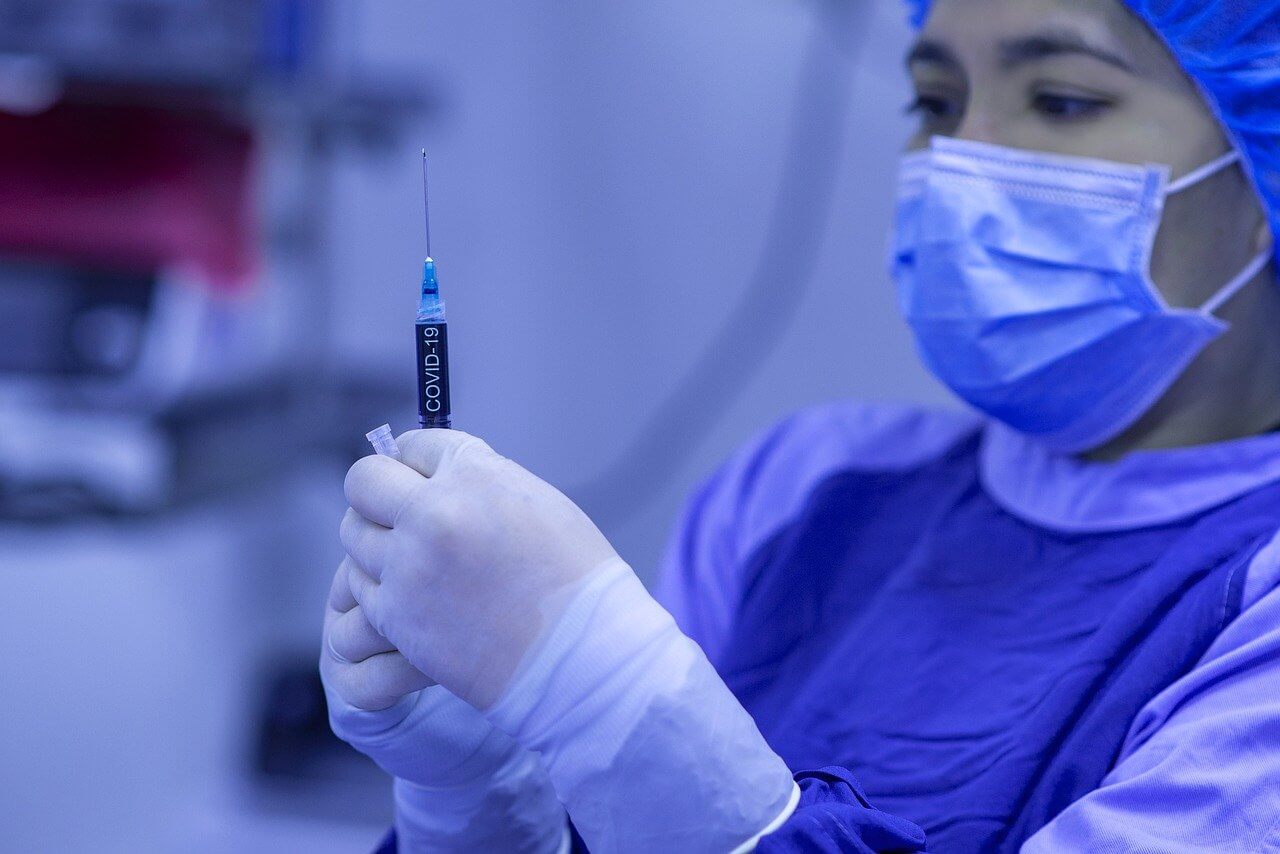 As COVID-19 still spreading worldwide, researchers are focusing on vaccine development. The safety and quality of such medical products are strongly related to the health of each user. The safety control of vaccines should be consistently maintained across every link of research and development, production, transportation, and use. IoT plays a major role in logging the temperature and humidity of vaccines and alerts when they cross the specified threshold. Similar to most vaccines, the effective presence of a COVID-19 vaccine needs to be established at extremely low temperatures. A data logger with sensors can detect cold chain breaks after the vaccine leaves the manufacturer and before it reaches the user to alert before irreversible damage occurs.
As COVID-19 still spreading worldwide, researchers are focusing on vaccine development. The safety and quality of such medical products are strongly related to the health of each user. The safety control of vaccines should be consistently maintained across every link of research and development, production, transportation, and use. IoT plays a major role in logging the temperature and humidity of vaccines and alerts when they cross the specified threshold. Similar to most vaccines, the effective presence of a COVID-19 vaccine needs to be established at extremely low temperatures. A data logger with sensors can detect cold chain breaks after the vaccine leaves the manufacturer and before it reaches the user to alert before irreversible damage occurs.
Blood Coagulation Testing
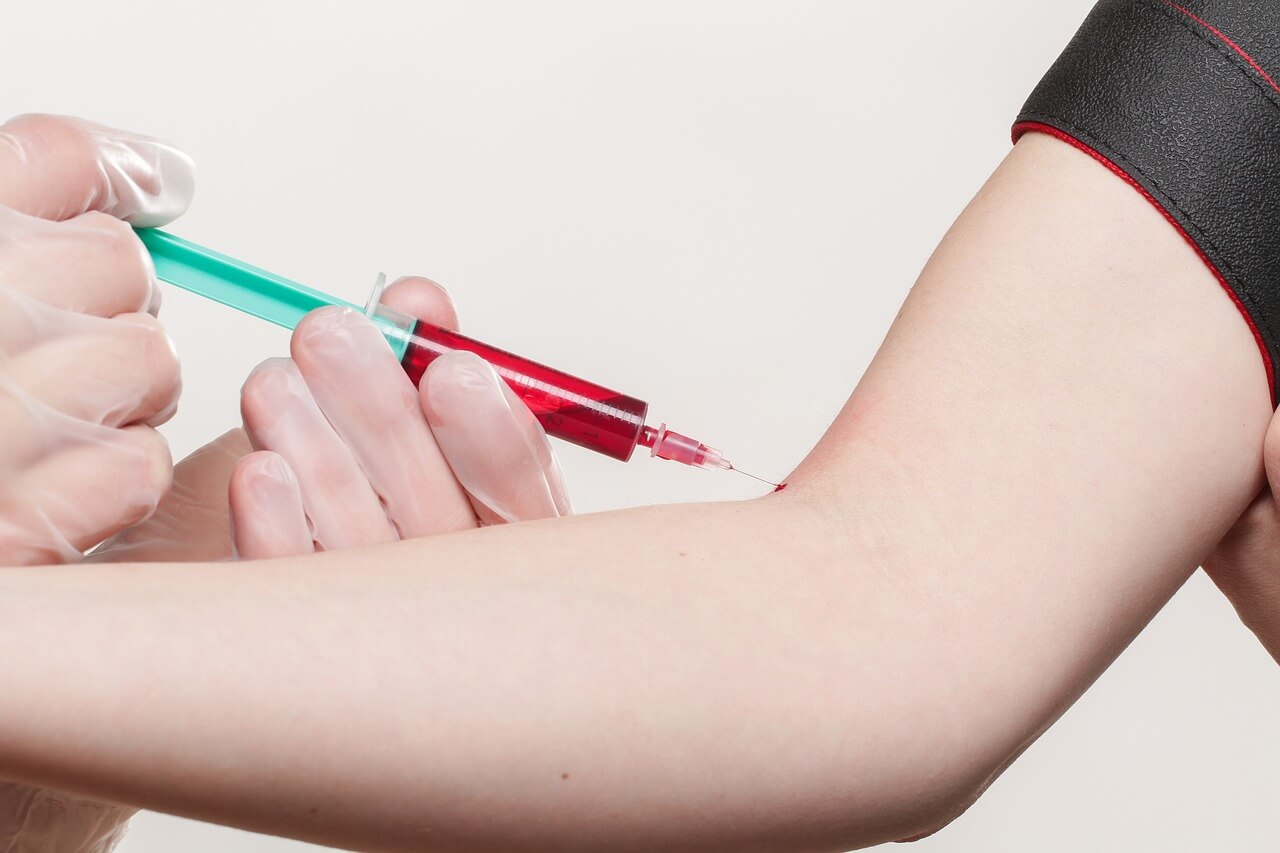 The ability of blood clotting is called coagulation. Blood coagulation system allows patients to check how quickly their blood clots. It helps them to stay within their curative range by lowering the risk of stroke or bleeding. The IoT connectivity allows them to undergo therapy to self-monitor their blood coagulation with a finger-prick and send the results wirelessly to their healthcare provider.
The ability of blood clotting is called coagulation. Blood coagulation system allows patients to check how quickly their blood clots. It helps them to stay within their curative range by lowering the risk of stroke or bleeding. The IoT connectivity allows them to undergo therapy to self-monitor their blood coagulation with a finger-prick and send the results wirelessly to their healthcare provider.
Remote Patient Monitoring
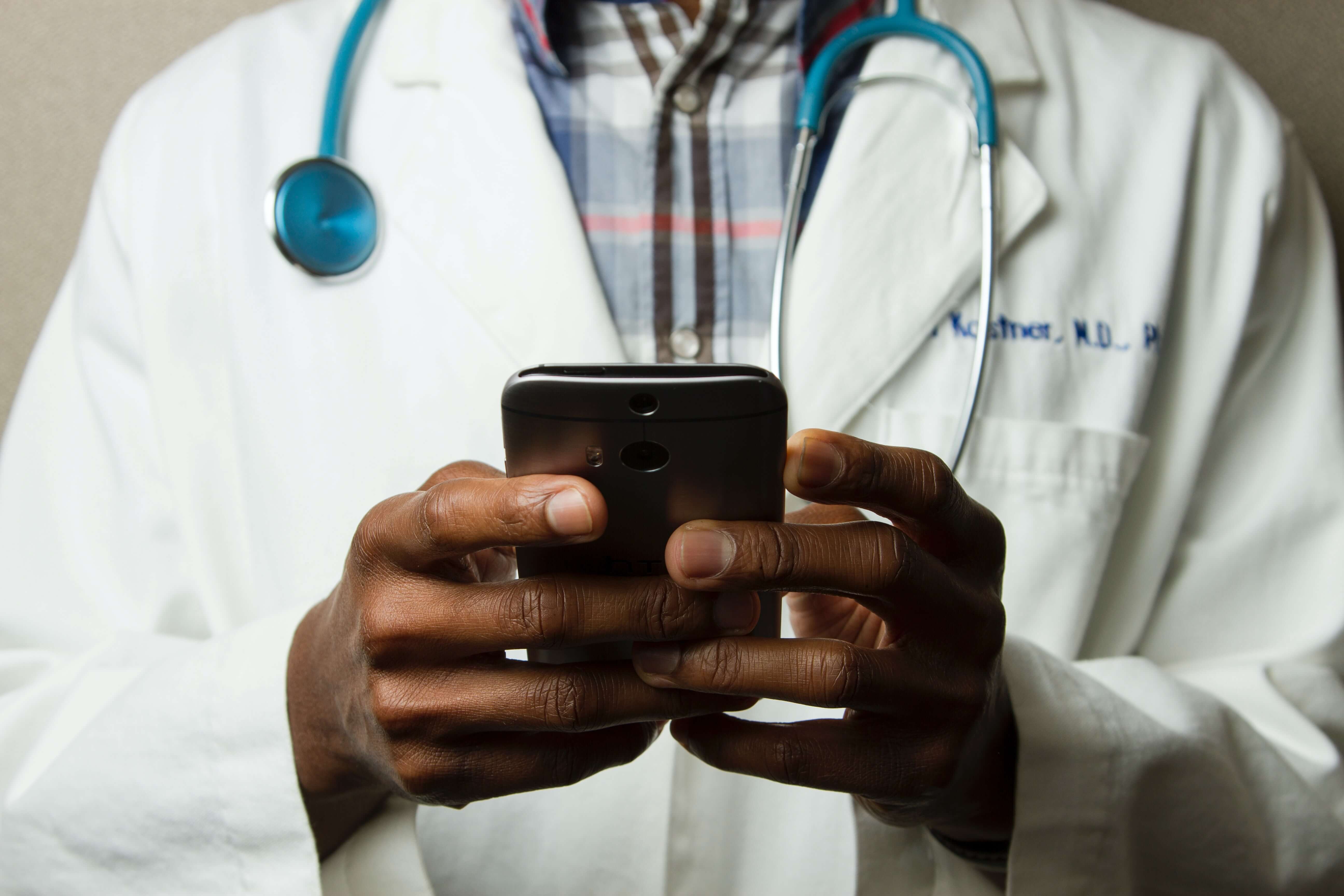 Medical patients have different needs and require different methods of care. This goes for patient monitoring. For instance, cardiac patients may require regular blood pressure checks. IoT enables them to do that remotely. A remote stethoscope can be used to check the heart-rate. To treat a rare disease, regular check-ins with several specialists and meticulous planning is crucial. Remote Patient Monitoring can help get them ahead of treatment options and be life-saving for patients.
Medical patients have different needs and require different methods of care. This goes for patient monitoring. For instance, cardiac patients may require regular blood pressure checks. IoT enables them to do that remotely. A remote stethoscope can be used to check the heart-rate. To treat a rare disease, regular check-ins with several specialists and meticulous planning is crucial. Remote Patient Monitoring can help get them ahead of treatment options and be life-saving for patients.
Connected Inhalers
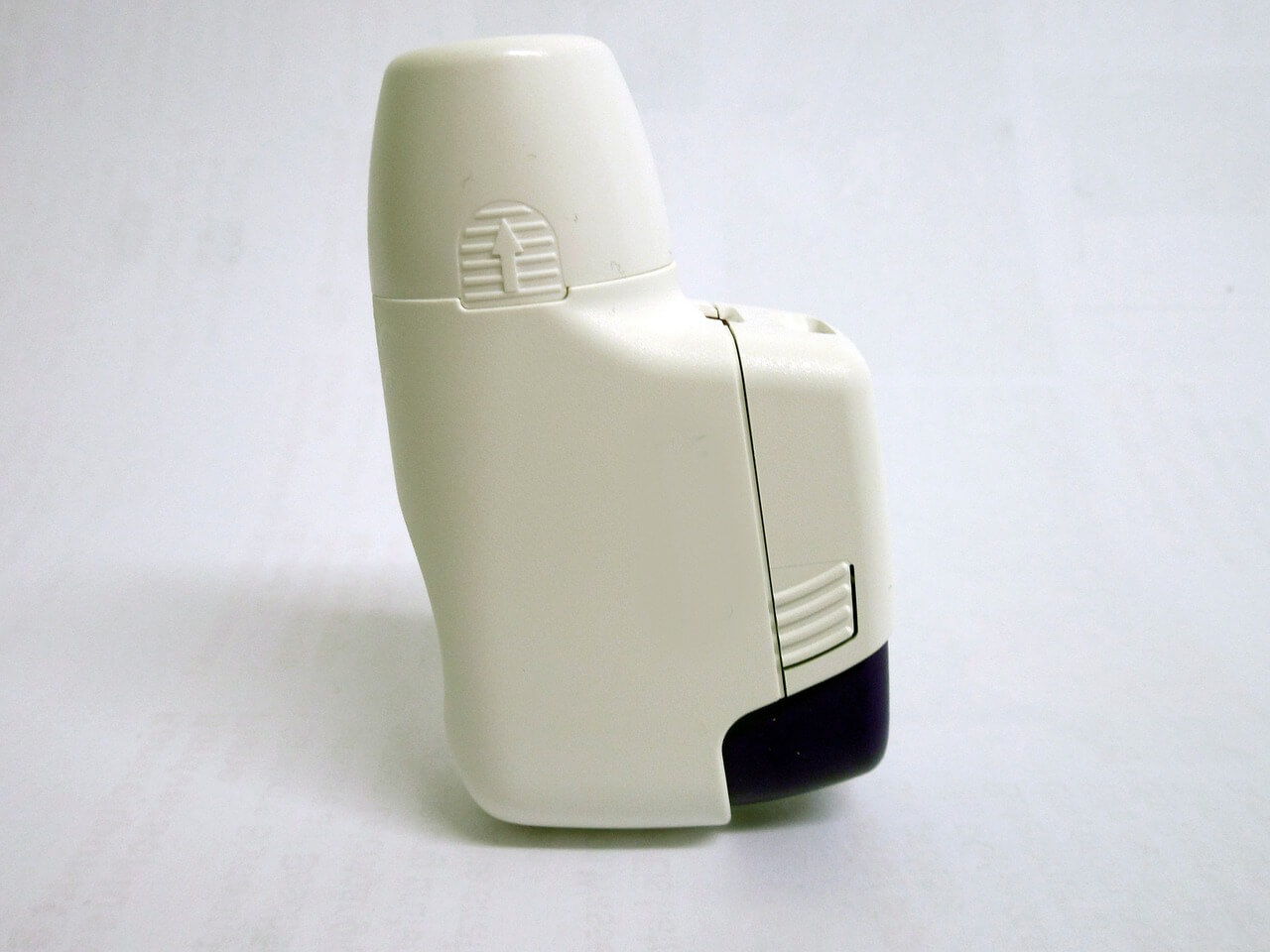 Due to air pollution, active or passive smoking and exposure to certain chemicals or fumes, respiratory diseases like asthma and chronic obstructive pulmonary disease (COPD) are on the rise. World Health Organization says that COPD will become the third leading cause of death worldwide by 2030. This in turn drives the market for digital respiratory devices. AI-enabled IoT sensors can convert the most standard inhalers into smart connected inhalers. They can generate key medication use and inhalation data to assist in monitoring lung function and disease advancement.
Due to air pollution, active or passive smoking and exposure to certain chemicals or fumes, respiratory diseases like asthma and chronic obstructive pulmonary disease (COPD) are on the rise. World Health Organization says that COPD will become the third leading cause of death worldwide by 2030. This in turn drives the market for digital respiratory devices. AI-enabled IoT sensors can convert the most standard inhalers into smart connected inhalers. They can generate key medication use and inhalation data to assist in monitoring lung function and disease advancement.
Air Quality Sensors
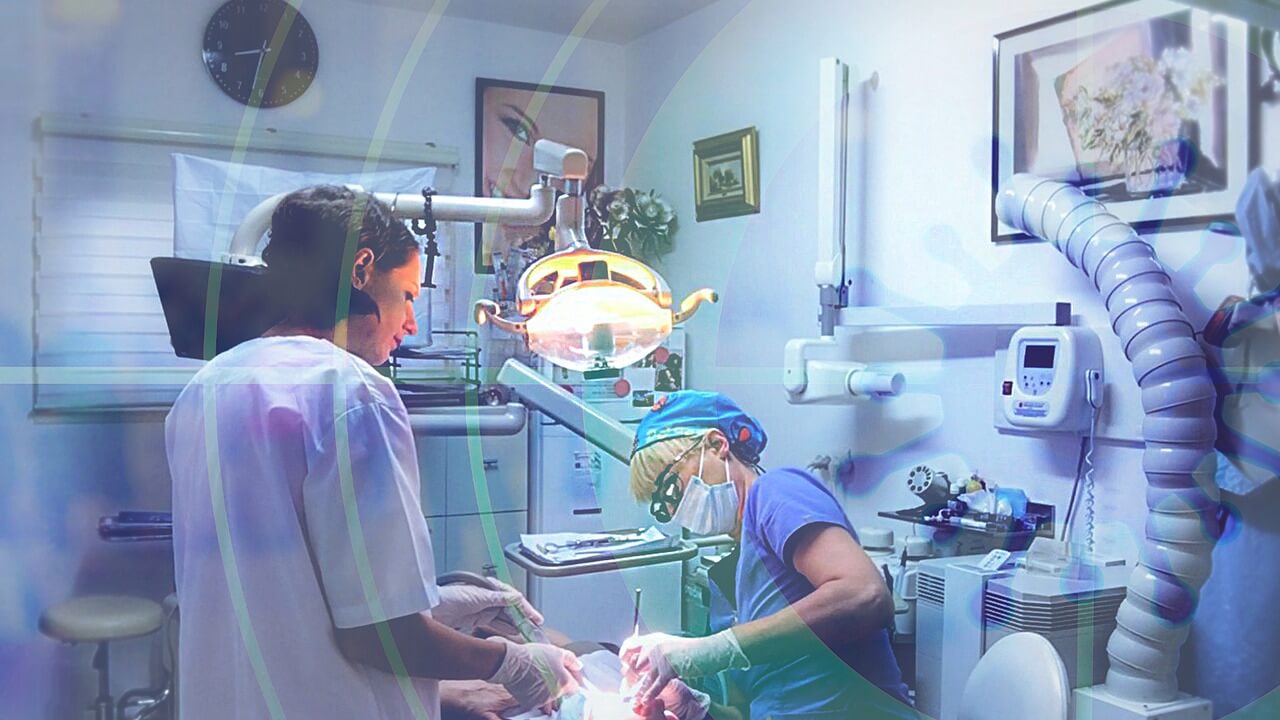 Custom-designed IoT devices like air quality sensors improve the safety of patients admitted for surgical cases. The sensor modules are deployed on the mesh network and transmit data at specified intervals to an internal gateway device. It provides dashboards on hygiene and safety parameters inside the operation theatre. It can be further connected with data visualization tools that provide insights for the compliance, operations and maintenance departments.
Custom-designed IoT devices like air quality sensors improve the safety of patients admitted for surgical cases. The sensor modules are deployed on the mesh network and transmit data at specified intervals to an internal gateway device. It provides dashboards on hygiene and safety parameters inside the operation theatre. It can be further connected with data visualization tools that provide insights for the compliance, operations and maintenance departments.
Glucose Monitoring
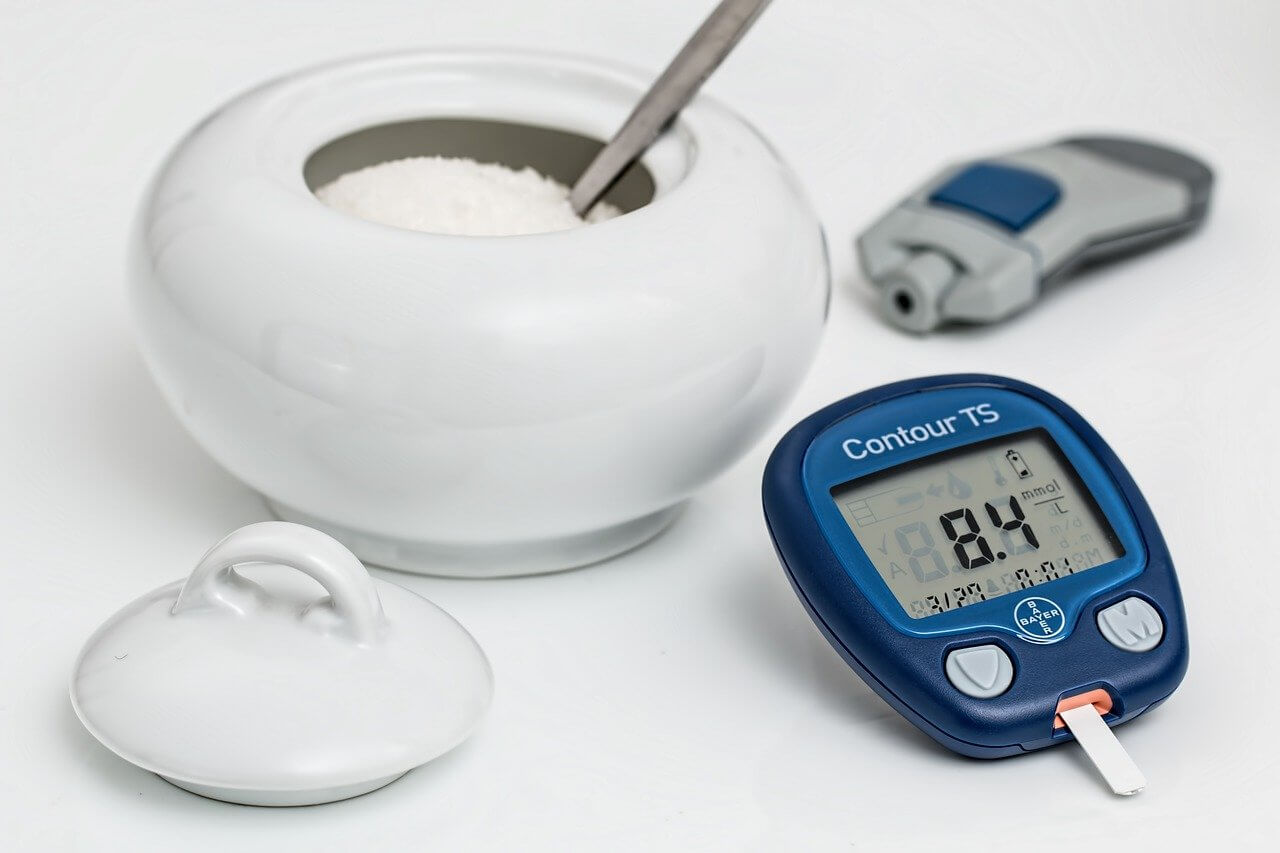 Glucose monitoring is essential for people with diabetes. Continuous glucose monitoring is a modern way for diabetes patients to monitor real-time glucose readings. The IoT device monitors the glucose level in the patient’s blood and it is connected to an insulin pump with an automated suspension of insulin infusion. This system architecture can be further improved to collect glucose data and store it in a hospital information system. This makes it possible for doctors to access real-time data from their patients.
Glucose monitoring is essential for people with diabetes. Continuous glucose monitoring is a modern way for diabetes patients to monitor real-time glucose readings. The IoT device monitors the glucose level in the patient’s blood and it is connected to an insulin pump with an automated suspension of insulin infusion. This system architecture can be further improved to collect glucose data and store it in a hospital information system. This makes it possible for doctors to access real-time data from their patients.
Connected Cancer Treatment
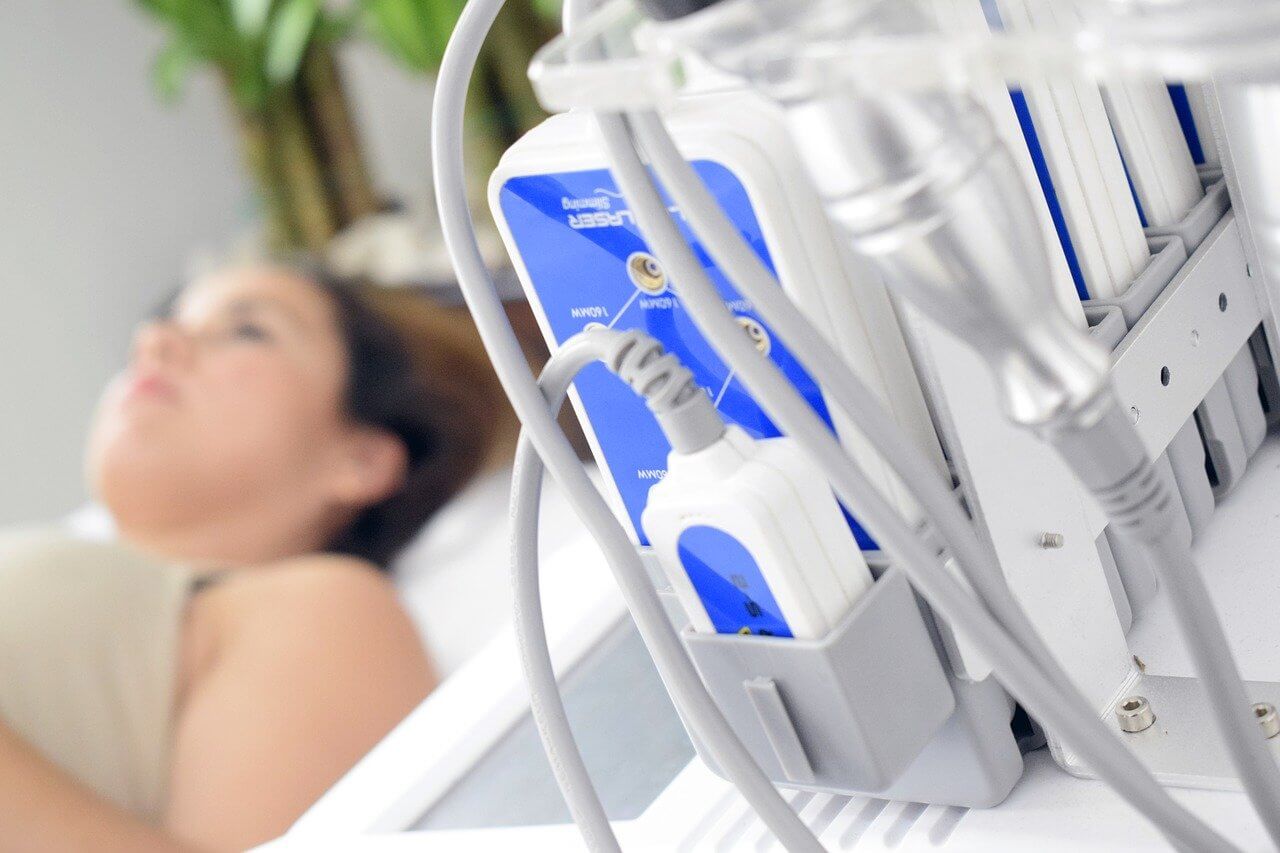 The fusion of Artificial Intelligence and IoT can help to diagnose and cure cancer. Currently, AI and IoT are not working together in the cancer treatment space. When IoT systems work in tandem with the AI technology, there will be a great jump in deciphering cancer systems and the patients will receive treatment before it’s too late. IoT saves more than money with early cancer detection.
The fusion of Artificial Intelligence and IoT can help to diagnose and cure cancer. Currently, AI and IoT are not working together in the cancer treatment space. When IoT systems work in tandem with the AI technology, there will be a great jump in deciphering cancer systems and the patients will receive treatment before it’s too late. IoT saves more than money with early cancer detection.
Heart-Rate Monitoring
IoT can be used to monitor the risk of heart attacks with the heart-rate monitoring system. The pulse sensor used in the IoT heart-rate monitoring system can be connected to the cloud using WIFI, Bluetooth and BLE to remotely access the heart-rate data. With the help of data virtualization tools, heart-rate history can be virtualized in charts and graphs.
IoT Connected Contact Lenses
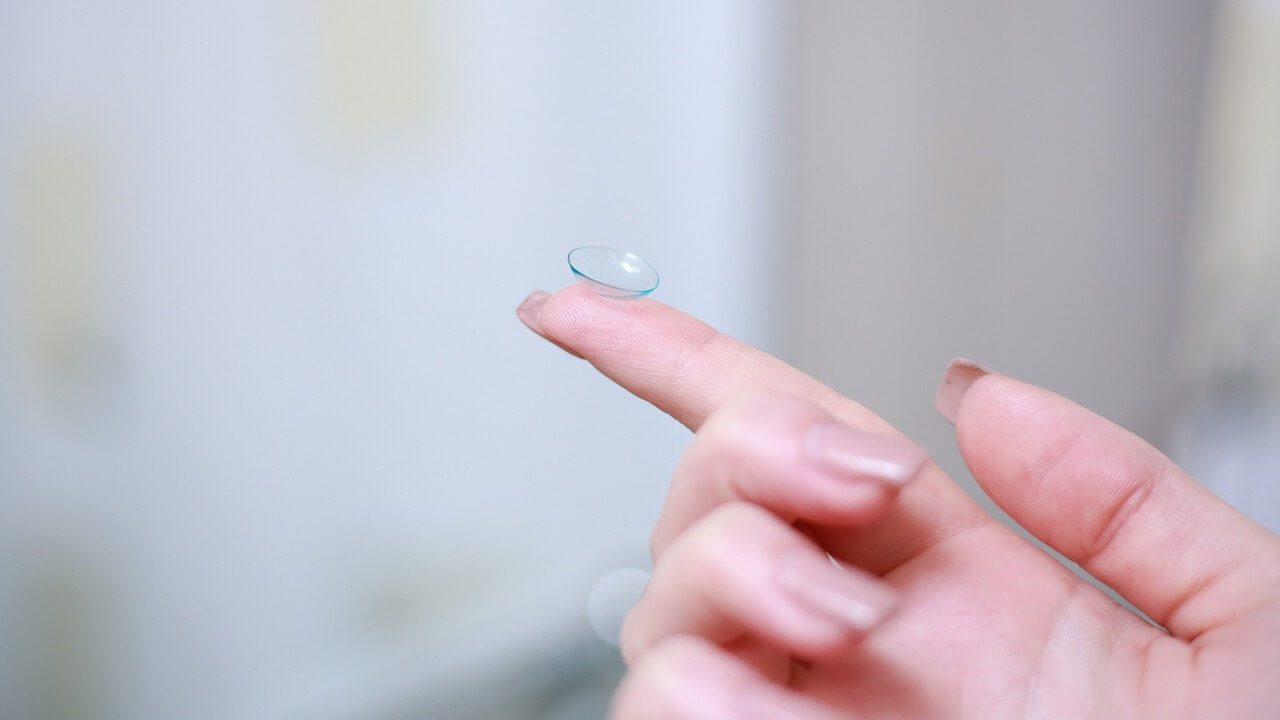 IoT contact lenses are generally called smart lenses. They can be used just like normal contact lenses. They sit on the eyeballs and contain micro versions of IoT sensors. Some advanced smart lenses involve a surgical replacement of the existing lens with an electronic one. They are designed to harvest energy. There are two methods being discussed. One is solar power sensors to convert light to electrical power and another one is piezoelectric sensors to convert the mechanical eye movement of blinking into electrical power. They are used in most common health conditions such as cataracts, diabetic retinopathy, macular degeneration, glaucoma and retinal detachment.
IoT contact lenses are generally called smart lenses. They can be used just like normal contact lenses. They sit on the eyeballs and contain micro versions of IoT sensors. Some advanced smart lenses involve a surgical replacement of the existing lens with an electronic one. They are designed to harvest energy. There are two methods being discussed. One is solar power sensors to convert light to electrical power and another one is piezoelectric sensors to convert the mechanical eye movement of blinking into electrical power. They are used in most common health conditions such as cataracts, diabetic retinopathy, macular degeneration, glaucoma and retinal detachment.
Depression Monitoring
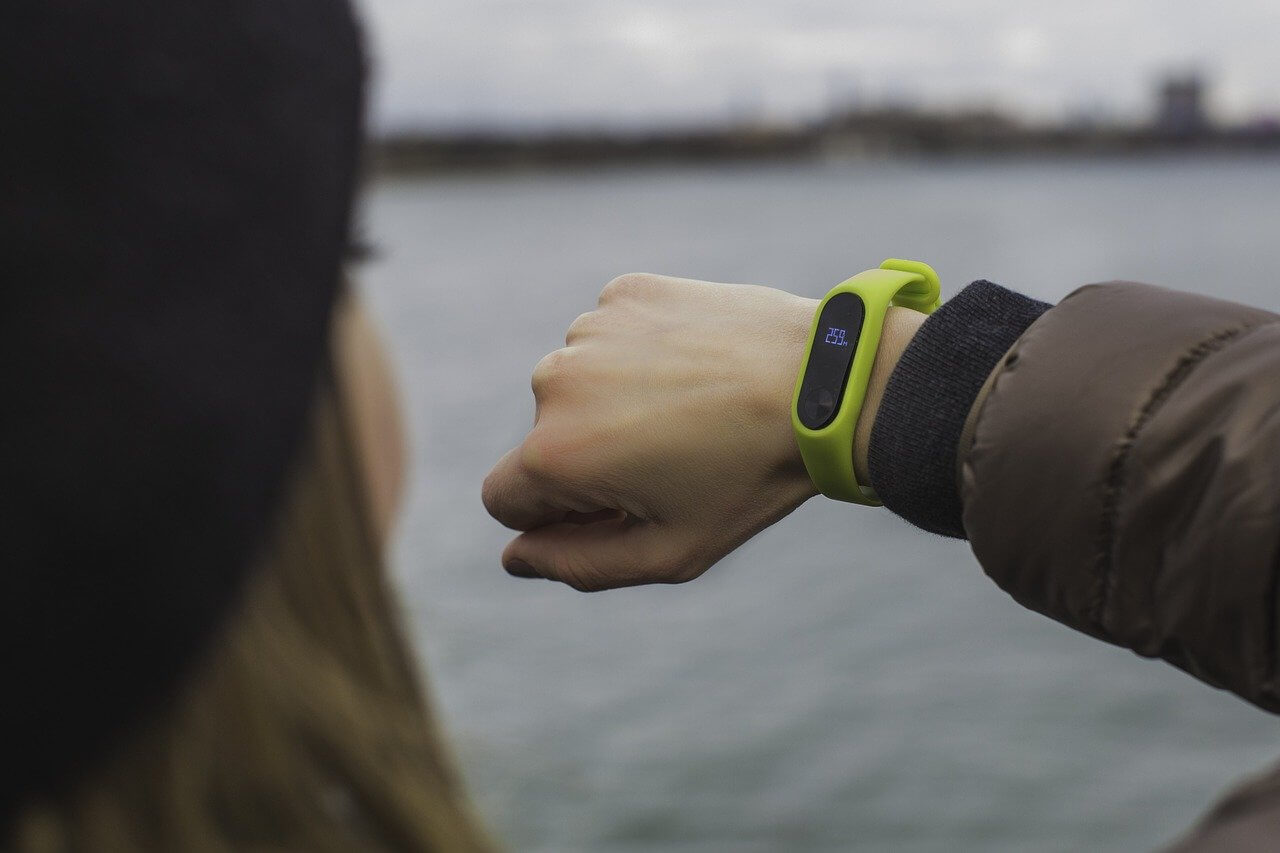 IoT applications have evolved in such a way that they are used to reduce depression and anxiety. For instance, a connected wristband can monitor for the symptoms of a panic attack. When such an attack is detected, the band alerts the wearer or their carers by providing calming tips. Likewise, Google Assistant and Alexa can help people detect potential mental health difficulties and provide assistance.
IoT applications have evolved in such a way that they are used to reduce depression and anxiety. For instance, a connected wristband can monitor for the symptoms of a panic attack. When such an attack is detected, the band alerts the wearer or their carers by providing calming tips. Likewise, Google Assistant and Alexa can help people detect potential mental health difficulties and provide assistance.
While the number of chronic diseases is on the rise, the healthcare industry is in a state of major desperation. IoT Technology makes healthcare easier and secured on the pocket and in terms of accessibility.
Mitigate Cyber-Threats in Healthcare Connected Systems


